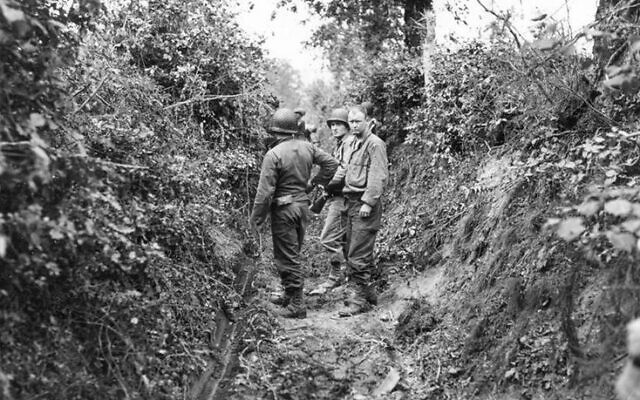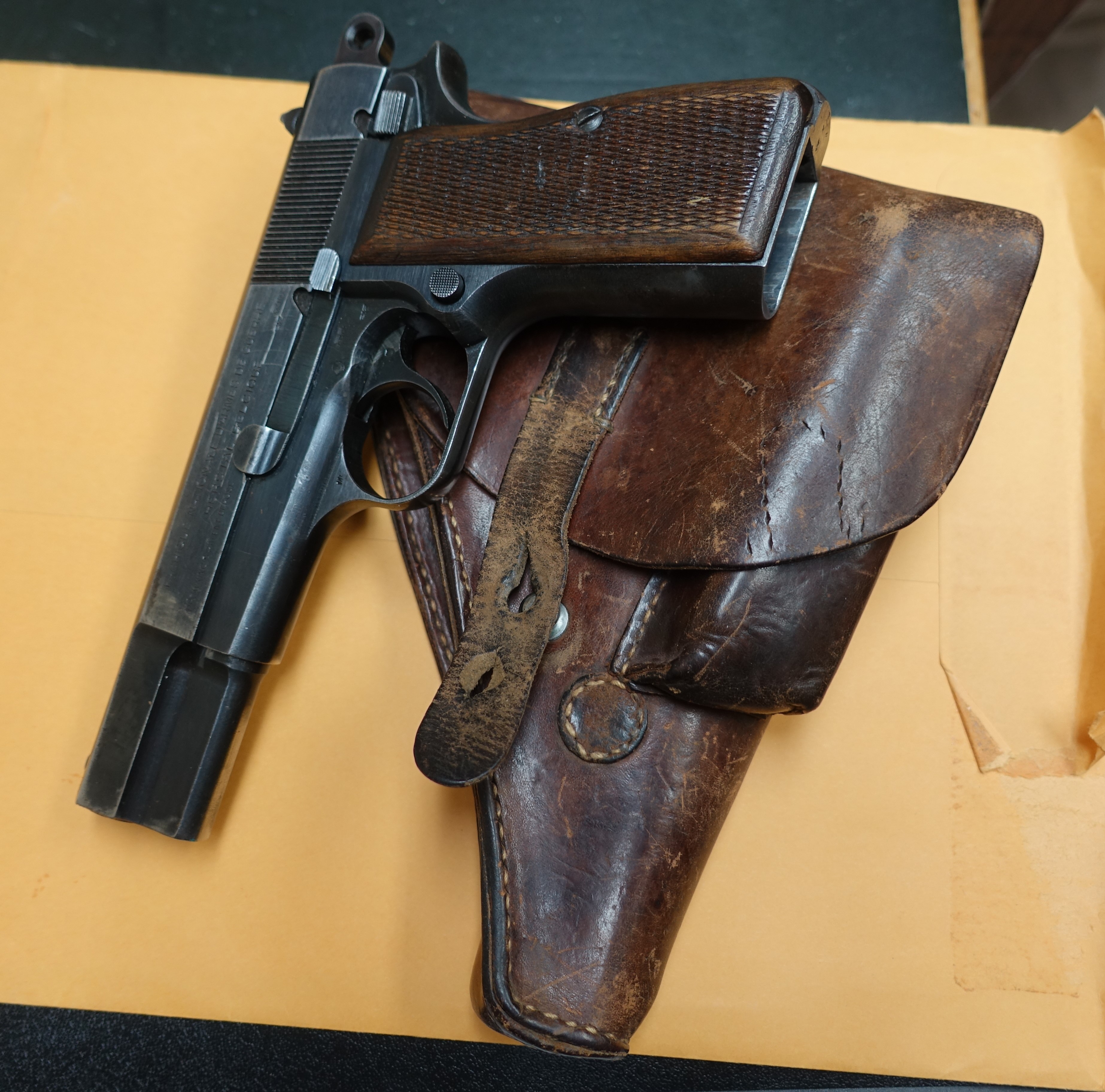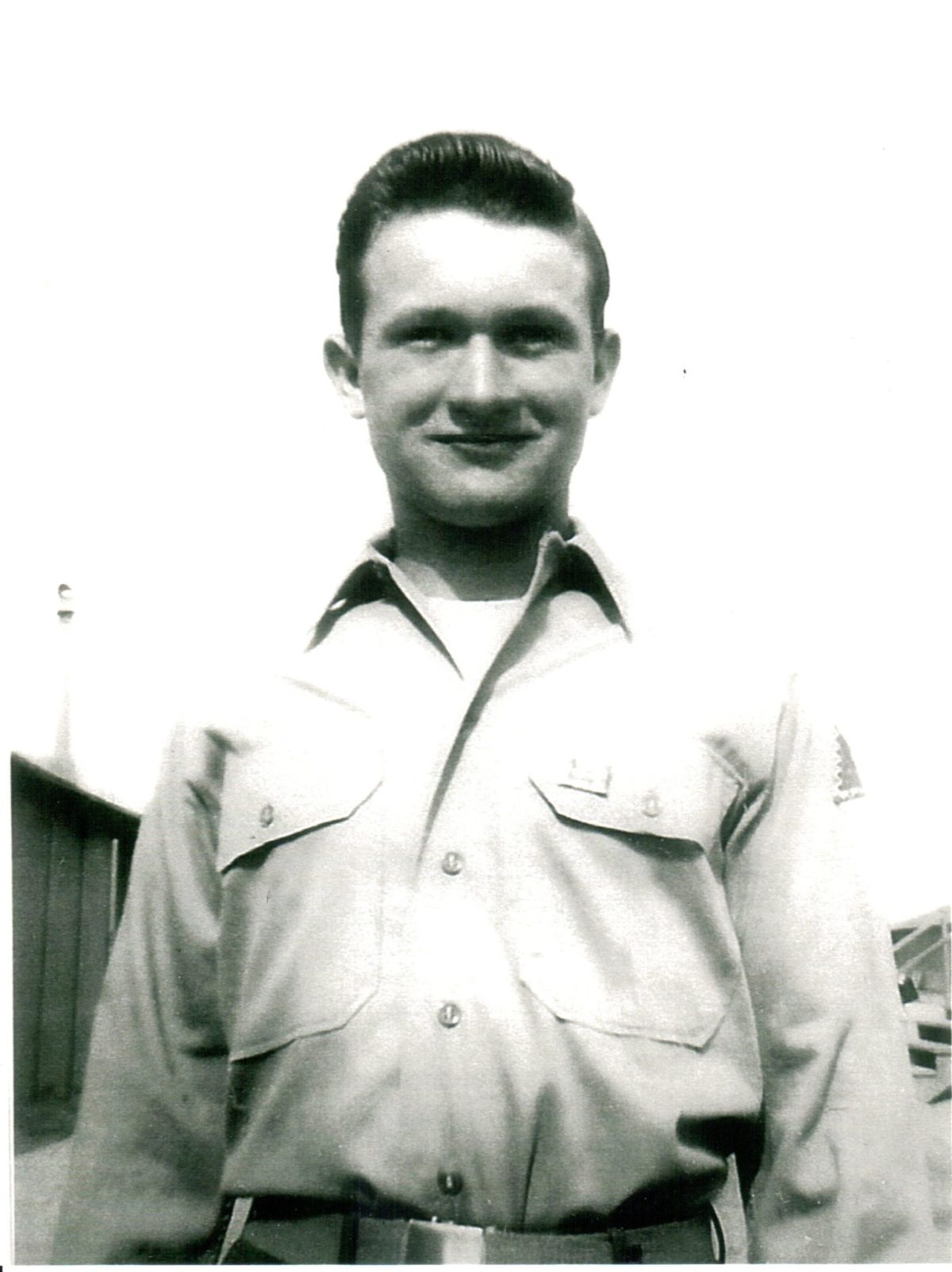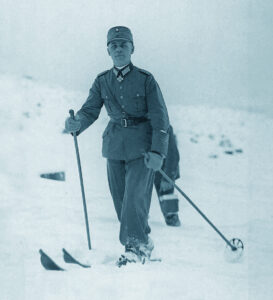“From the plane I was flying in to France I could see all the ships in the water, and I thought to myself, ‘I could have walked to France on these ships…the American people have given us everything, so we’ve got to make sure that this goes through.” At 19 years old, Henry Langrehr was among the first to jump feet first into France behind enemy lines. June 5, 1944 was the teen’s first time in combat.
Langrehr and Jim DeFelice, author of American Sniper, spoke with HistoryNet about their newly released book Whatever it Took. Co-written by DeFelice, the memoir recounts Langrehr’s fight from D-Day to V-E Day as a member of the 82nd Airborne Division. Made famous by “Jumpin’ Jim” Gavin, the 82nd holds the distinction of liberating the first town in France, Sainte–Mère–Eglise.
On the eve of D-Day, it was in that small town that Langrehr crashed through the glass roof of a greenhouse, noting that it was “kind of a rough landing.”
Despite the din of artillery shells and bullets snapping by him, Langrehr managed to link up with survivors of the drop. Running roughly five miles with a small unit of paratroopers, they managed to detonate a bridge in an attempt to stem a German counterattack. For three weeks Langrehr fought in what war correspondent Ernie Pyle described as “this hedgerow business” and was tasked with the difficult job of clearing them. “No single [hedgegrow] is very big,” Pyle wrote. “But add them all up over the days and weeks and you’ve got a man-sized war, with thousands on both sides being killed.”
During these several weeks of close-quarter fighting, no one was immune to fear. “The Germans were afraid too. They were looking behind every bush,” Langrehr noted.

On June 29th, after nearly 24 days of straight fighting, shrapnel from a German tank tore through Langrehr’s back and legs. Taken prisoner, the young paratrooper was shipped from France back East.
Held at the outer camp of what Langrehr later believed to be Auschwitz, he witnessed the depravity of the Final Solution with his own eyes. “I saw the trains come in and out of the camp. I saw bodies piled up because they couldn’t burn them fast enough. Older people, women, children just stacked up, ready to be put on a cart and wheeled back into the crematory.”
“Nobody can ever tell me that it never happened,” Langrehr added. “You had to be there to really feel the total effect of how horrible the Germans were.”
After a week in the first location, he was moved to a prisoner of war camp in Czechoslovakia and forced to labor for the Germans in a coal mine.
“Treated like animals,” Langrehr recognized that he had two options: die in the mines or get shot while attempting an escape. Surviving meant “choosing almost certain quick death over almost certain slow death,” Langrehr writes in Whatever it Took. He chose the option of a possible quick death.
Months later the opportunity presented itself as the POWs walked the three miles back from the coal mine. Langrehr’s friend, a Czech POW, noticed that there were only two guards walking with the prisoners that day. One in the back, one in the front. “Normally there was one in the middle, but not on this day,” Langrehr recounted. “My friend said, ‘let’s go,’ and we jumped out of line and into some surrounding scrub. Someone said, ‘good luck’ to us and that was the start of our saga.”
The saga, however, shortly turned into a solo journey. As the two took refuge in a barn in a neighboring town, they were spotted by a Volkssturm guard—a member of the national militia. Upon entering the barn, the guard immediately shot and killed the Czech. “I know he was dead because I checked him before I left,” Langrehr noted.
Acting quickly, Langrehr managed to grab a 2-by-4 piece of wood and hit the guard across the face, killing him.
“From then on it was just by God’s grace,” he observed.
After a hellish two weeks, Langrehr managed to link back up with the Allies at the front line. Sent to Camp Lucky Strike, located northeast of Le Havre, he was granted a 90-day leave. Langrehr’s own personal war was soon to end—the Germans surrendered while he was on leave in America—but he never forgot his friend.
After killing the Volkssturm guard that day, Langrehr took the gun that had murdered his friend. A gun which is still in his possession.

Reflecting on V-E Day 75 years on, Langrehr writes that surviving the war meant “living on sawdust and beet juice for months, surviving in a thin blanket in weather so cold your sweat froze. It took beatings so harsh that you thought your skull would cave in.”
Home in America when the Germans surrendered, it would be years before Langrehr returned to Europe.
When he did, he went to Normandy. “I stood in the cemetery there, and I looked at all the crosses and I thought to myself, God had watched over me so I could come back home and have a life,” Langrehr told HistoryNet. “And the men who lay here, they didn’t come to conquer. They came to liberate a people that were captive under the Germans…Our young men came to set them free.”





